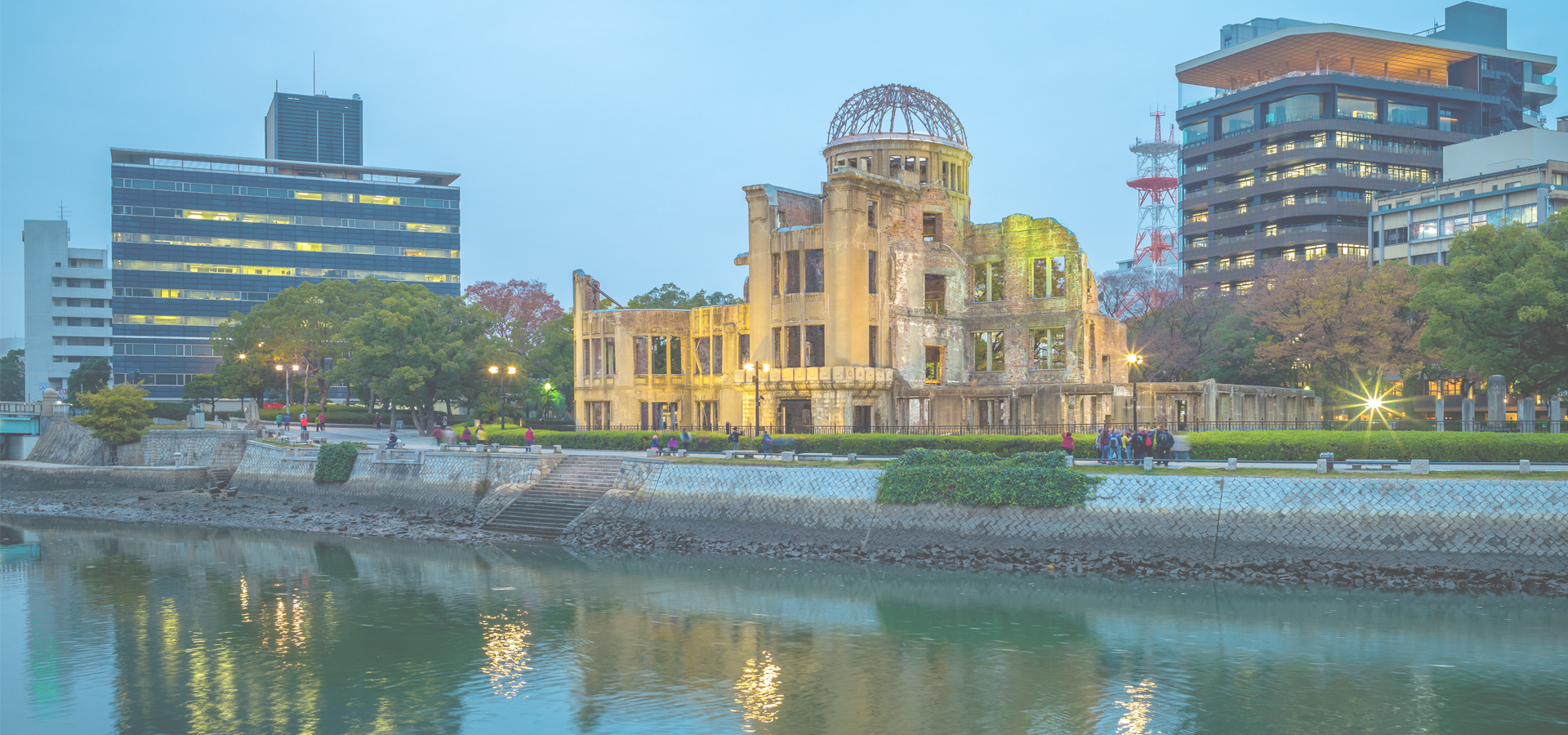Higashihiroshima, Hiroshima Prefecture, Chūgoku Region, Japan
🇯🇵 Higashihiroshima (東広島市, Higashihiroshima-shi) is a city located in Hiroshima Prefecture, Japan. As of 30 April 2023, the city had an estimated population density of 300 persons per km². The total area of the city is 635.16 square km (245.24 sq mi).
Geography Higashihiroshima extends from the coast of the Seto Inland Sea to the hilly area in the foothills of the Chugoku Mountains, with a large difference in elevation. It consists of the Saijō Basin, which is the largest basin in the prefecture, and the main urban centre, and small basins scattered around it. The Numata River is located to the east, the Kurose River to the south, and the Seno River to the west. Because it is located in a basin, the diurnal temperature range (day and night) and annual temperature range (summer and winter) are large.
Adjoining municipalities Hiroshima Prefecture • Hiroshima • Takehara • Akitakata • Miyoshi • Kure • Mihara • Kumano • Sera • Ōsakikamijima.
Demographics Per Japanese census data, the population of Higashihiroshima in 2020 is 196,608 people.
History The area of Higashihiroshima is mostly part of ancient Aki Province. Archaeologists have found evidence of continuous human settlement from the Japanese Paleolithic period, with the oldest remains of several dwellings dating back to 22,000 years ago. Traces from the Yayoi period through the Kofun period are numerous, including the Mitsushiro Kofun, a National Historic Site. During the Nara period, the ancient Sanyōdō highway connecting the Kinai region with Kyushu passed close to the north side of Saijō Station. Aki Kokubun-ji was located in what is now Higashihiroshima, and through geographic names, the original kokufu of the province was located in the vicinity before its was relocated to Fuchū in the Heian period. During the Muromachi period, the area was dominated by the Ouchi clan, who built Kagamiyama Castle, the ruins of which are a National Historic Site. The Ouchi were replaced after 200 years by the Mōri clan in the Sengoku period. After the establishment of the Tokugawa Shogunate, the area was part of the holdings of Fukushima Masanori and later the Asano clan of Hiroshima Domain. The town of Saijō was established with the creation of the modern municipalities system on April 1, 1889. On April 20, 1974, Saijō merged with the towns of Shiwa, Takaya and Hachihonmatsu in Kamo District to form the city of Higashihiroshima.
On February 7, 2005, the towns of Kurose, Kōchi, Toyosaka and Fukutomi (all from Kamo District), and the town of Akitsu (from Toyota District) were merged into Higashihiroshima.
Government Higashihiroshima has a mayor-council form of government with a directly elected mayor and a unicameral city council of 30 members. Higashihiroshima contributes four members to the Hiroshima Prefectural Assembly. In terms of national politics, the city is part of the Hiroshima 4th district of the lower house of the Diet of Japan.
Economy Higashihiroshima has a mixed economy. The area has traditionally been associated with sake brewing, and sake remains an important industry. Other industries include semiconductors, automobile related parts/special equipment, shipbuilding, and brick making, as well as agriculture centered on rice, and commercial fishing.
Education Higashihiroshima has 37 public elementary schools and 15 public junior high schools operated by the city government, and six public high schools, and one combined middle/high school operated by the Hiroshima prefectural Board of education. There are also two private middle schools and two private high schools.
In terms of higher education, Higashihiroshima hosts a campus of Hiroshima University, Elisabeth University of Music, Kindai University and Hiroshima International University
Transport: Rail JR West – San'yō Shinkansen • Higashi-Hiroshima; JR West (JR West) - San'yō Main Line • Hongō - Kōchi - Nyūno - Shiraichi - Nishitakaya - Saijō - Jike - Hachihonmatsu; JR West (JR West) - Kure Line • Akitsu - Kazahaya.
Transport: Road • San'yō Expressway • National Route 2 • National Route 185 • National Route 375 • National Route 432 • National Route 486.
Local attractions Higashihiroshima is famous for making sake, and along the Sakagura Dōri ("Sake Storehouse Road") area near JR Saijō Station are the Namako wall (white-lattice walled) and Sekishu Gawara (red-roof tile) roofs of ten well-known sake breweries. An annual sake festival is held every October.
Asia/Tokyo/Hiroshima

Higashihiroshima has a population of over 190,186 people. Higashihiroshima also forms part of the wider Hiroshima Prefecture which has a population of over 2,811,410 people.
To set up a UBI Lab for Higashihiroshima see: https://www.ubilabnetwork.org Twitter: https://twitter.com/UBILabNetwork
Twin Towns, Sister Cities Higashihiroshima has links with:
🇨🇳 Deyang, China 🇧🇷 Marília, Brazil 🇺🇸 Virginia Beach, USA🇺🇸 Santa Barbara 34.417
🇺🇸 Canyon Country 34.413
🇷🇺 Birobidzhan 132.933
Locations Near: Higashihiroshima 132.719,34.435
🇯🇵 Hiroshima 132.47,34.379 d: 23.7
🇯🇵 Mihara 133.067,34.383 d: 32.4
🇯🇵 Miyoshi 132.846,34.813 d: 43.6
🇯🇵 Hatsukaichi 132.317,34.333 d: 38.6
🇯🇵 Onomichi 133.195,34.406 d: 43.8
🇯🇵 Iwakuni 132.217,34.15 d: 56
Antipodal to: Higashihiroshima -47.281,-34.435
🇧🇷 Rio Grande -52.099,-32.041 d: 19494
🇧🇷 Pelotas -52.341,-31.763 d: 19458
🇧🇷 Viamão -51.023,-30.088 d: 19417.4
🇧🇷 Gravataí -50.983,-29.933 d: 19405.3
🇧🇷 Alvorada -51.079,-30.001 d: 19406.3
🇧🇷 Cachoeirinha -51.083,-29.95 d: 19401.4
🇧🇷 Porto Alegre -51.229,-30.028 d: 19400.4
🇧🇷 Canoas -51.183,-29.915 d: 19392.8
🇧🇷 Sapucaia do Sul -51.146,-29.842 d: 19388.1
🇧🇷 São Leopoldo -51.149,-29.772 d: 19381.5